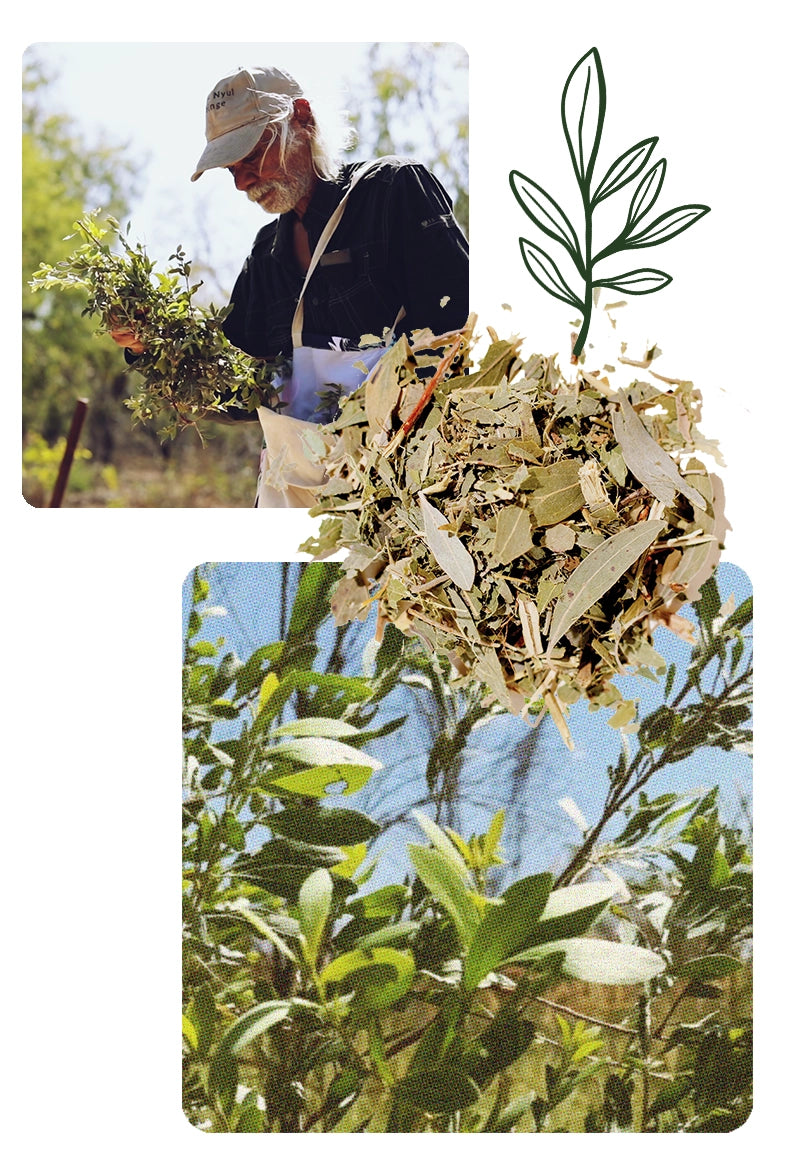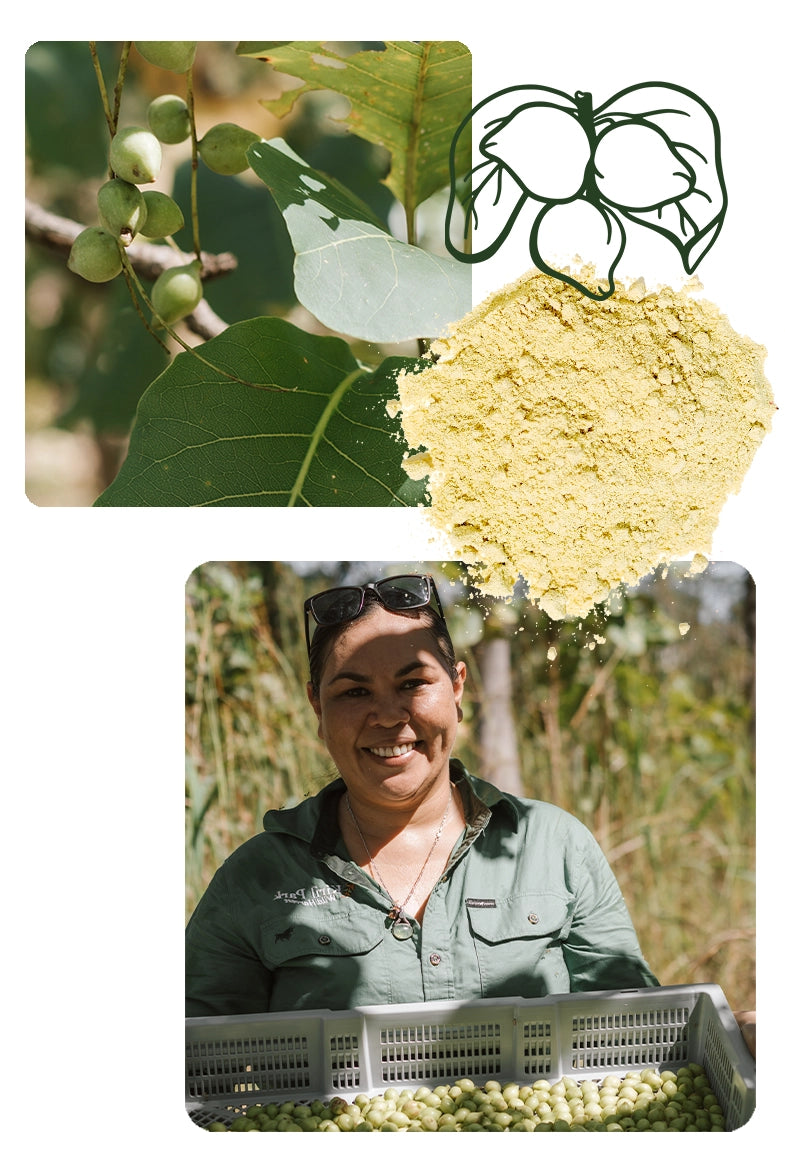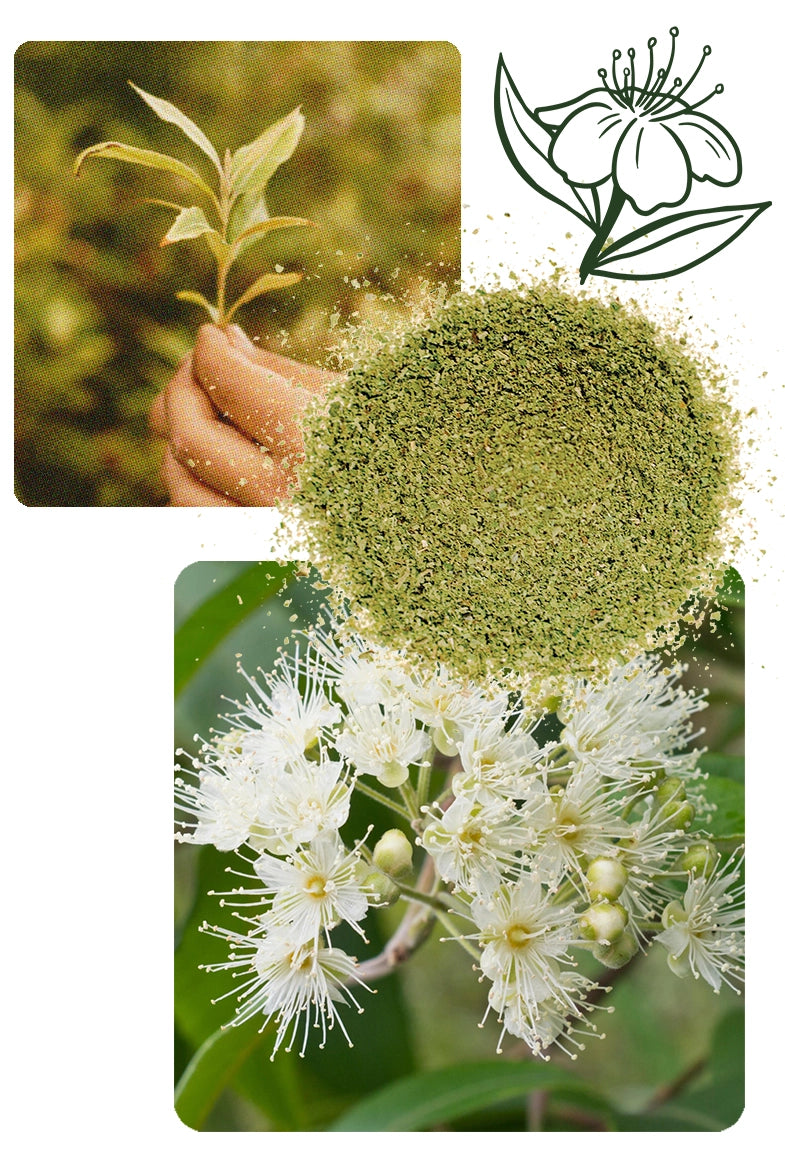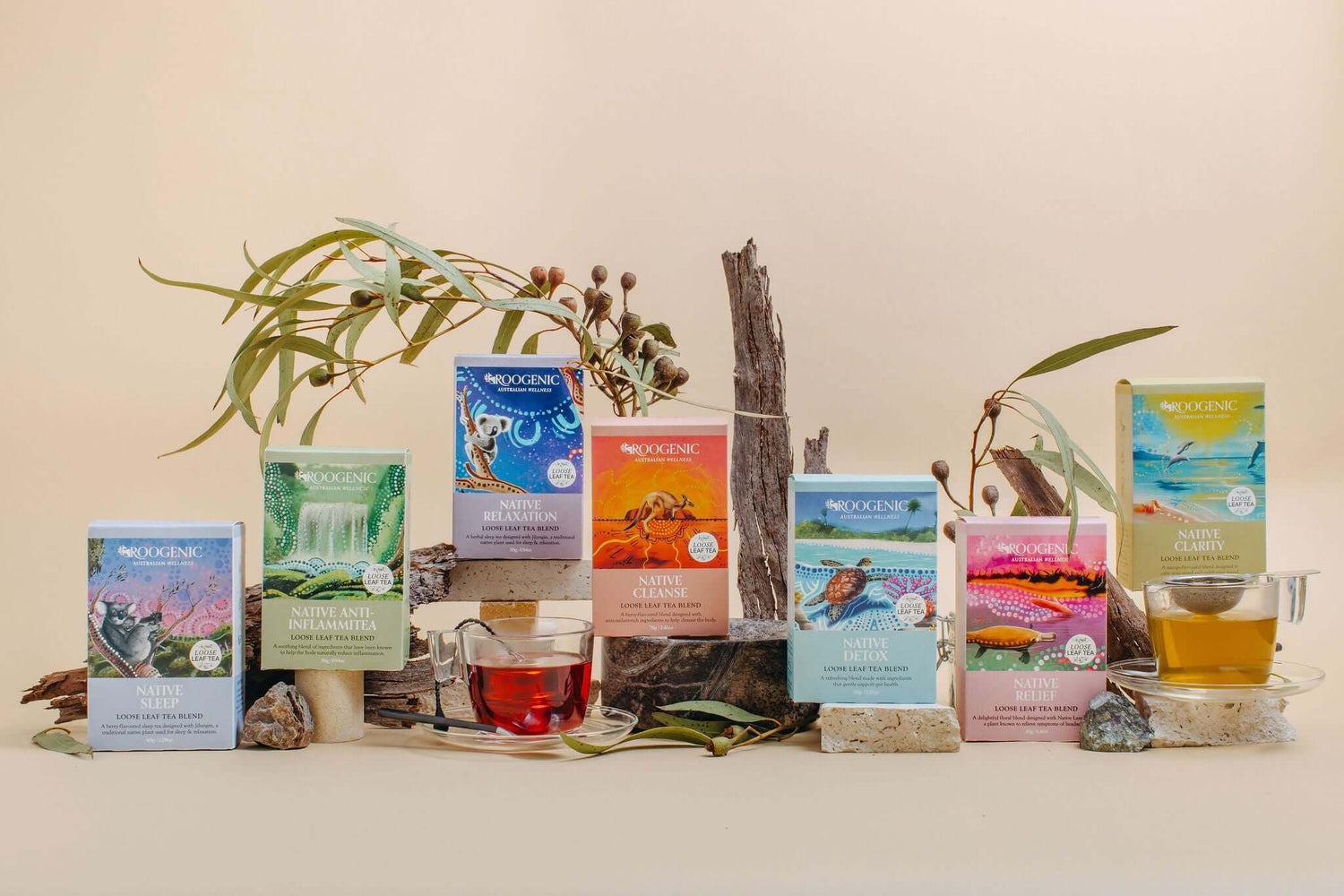Aniseed Myrtle
Aniseed Myrtle is sourced from small farms in Northern New South Wales, Australia. It boasts impressive antifungal and antimicrobial properties. Rich in Vitamin C, Vitamin E, folate, magnesium, and lutein, it supports eye health and overall well-being. Traditionally, it's been a natural remedy for digestive issues, menstrual pain, and stomach discomfort, making it a versatile addition to your wellness routine.
featured product
Davidson Plum
Davidson Plum is sourced from dedicated small farmers in South Australia and Western Australia, is one of Australia's most nutrient-dense fruits. Packed with calcium, vitamin E, and zinc, it has been a vital food source for Indigenous Australians, traditionally eaten raw despite its tart flavour. This superfruit supports bone health and provides essential nutrients for overall well-being.
featured product
Desert Lime
Desert Lime, sourced from dedicated small farmers in South Australia and the Northern Territory, is a rich source of calcium, folate, and vitamin E. With a high potassium-to-sodium ratio, it may help reduce blood pressure. Traditionally consumed whole by Indigenous Australians, it has been used for generations to make drinks, sauces, and jams.
featured product

Jilungin, wild-harvested by the Nyul Nyul community in the Dampier region of Northern Western Australia, is botanically known as Terminalia canescens. Rich in antioxidant phenolic compounds exceeding those found in green tea, Jilungin has been researched by Queensland University for over five years. Traditionally brewed as a tea to aid sleep, it offers potent health benefits.
Finger Lime
Finger Lime, sourced from dedicated small farmers in Queensland and New South Wales, is rich in folate, potassium, vitamin E, and vitamin C. This nutrient-dense fruit has been a valuable source of food and medicine for Indigenous Australians for thousands of years, known for its delicious taste and ability to ward off disease. The pulp and juice were traditionally used as an antiseptic for infected sores.
featured product
Gumbi Gumbi
Gumbi Gumbi, sourced from central Queensland, translates to "Medicine Plant" in the Parmanyungam language, reflecting its long-standing medicinal use by Indigenous Australians. Extensive research is being conducted into its powerful medicinal properties. Traditionally, Gumbi Gumbi has been used to alleviate common ailments like colds and coughs while promoting overall health and well-being.
featured product
Kunzea
Kunzea, sourced from farmers across Tasmania, is renowned for its powerful anti-inflammatory properties. For thousands of years, it has been used topically by Aboriginal communities in Tasmania to relieve irritated skin and muscular aches and pains, showcasing its traditional medicinal value.
featured product

Roogenic Kakadu Plum is 100% wild-harvested, sourced from the Nyul Nyul Community in the Dampier Region of Northern Western Australia, the Marrithiel Group, and the Dak-Djerait community in the Northern Territory. It contains the highest concentration of plant-derived vitamin C, is an excellent source of antioxidants, and has anti-inflammatory properties thanks to gallic acid. Kakadu Plum also provides essential minerals such as magnesium, calcium, iron, zinc, potassium, manganese, and molybdenum, and has been traditionally used as a bush tucker, antiseptic, and healing remedy.
Maarr
Australian Maarr, a native plant treasured by Indigenous Australians, is renowned for its nutritional and medicinal properties. Found primarily in the arid regions of Australia, this resilient shrub offers a wealth of health benefits due to its rich content of antioxidants, vitamin C, and essential minerals. Traditionally, it has been used in various culinary dishes and traditional medicine to boost immunity and promote overall health. Today, Australian Maarr remains a symbol of Indigenous knowledge and a valuable resource for sustainable health practices.
featured product
Native Lemongrass
Native Lemongrass from South Australia, also known as Cymbopogon ambiguus, is a versatile and aromatic herb traditionally used by Indigenous Australians for its medicinal properties. This resilient grass thrives in the arid regions of South Australia, offering a refreshing citrus flavor with a hint of ginger. Rich in essential oils, Native Lemongrass is known for its potential anti-inflammatory and antimicrobial properties. It is commonly used in teas, cooking, and as a natural remedy for colds, headaches, and digestive issues.
featured product
Pepperberry
Pepperberry, sourced from small farmers in Tasmania and Victoria, is celebrated for its high antioxidant content and abundance of vitamins and minerals, including vitamin E, lutein, zinc, magnesium, calcium, and iron. Historically used by Indigenous communities to soothe stomach discomfort and combat skin ailments, Pepperberry offers versatile healing potential.
featured product

Lemon Myrtle, sourced from dedicated farmers in Northern New South Wales, Australia, is known for its antimicrobial, antifungal, and antioxidant properties. This aromatic leaf is a wonderful vegan source of calcium and also provides lutein, vitamin E, zinc, and magnesium. Traditionally, it has been used for cooking, tea, and as a remedy for cuts and abrasions for thousands of years.
Quandong
Quandong, sourced from Indigenous communities and small farmers in South Australia, is rich in vitamin E, folate, magnesium, and calcium. It is a valuable vegetarian and vegan source of iron and zinc. Known as the 'Wild Peach,' Quandong features prominently in Aboriginal mythology and was used both as a meat substitute and for ceremonial and medicinal purposes.
featured product
Strawberry Gum Leaf
Strawberry Gum Leaf, sourced from small farmers in Northern New South Wales, boasts high levels of antioxidants and potent antifungal and antibiotic properties. Known scientifically as Eucalyptus Olida, it has been used traditionally for its sweet berry flavor and for calming stomach problems. Indigenous Australians often chewed the leaves or used them over a fire to release their fragrant oils.
featured product



